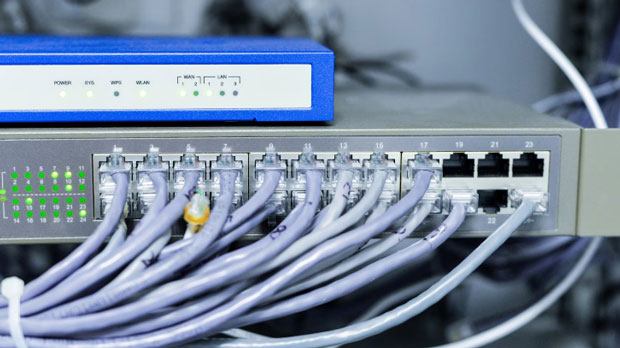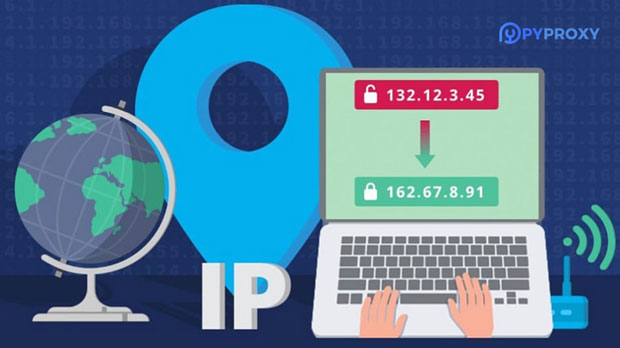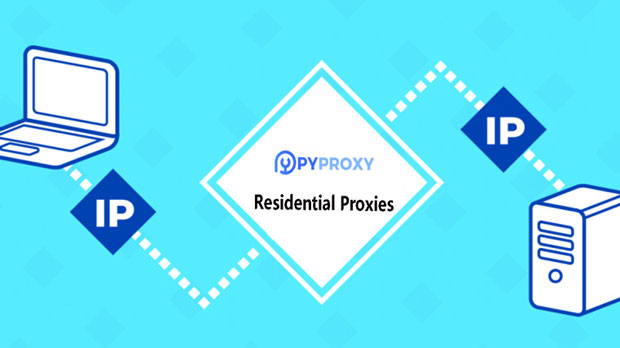Why are some free online SOCKS5 proxies not available?
Free online socks5 proxy services are often sought after by users who wish to bypass geographic restrictions, maintain online anonymity, or avoid censorship. However, many users encounter difficulties when trying to connect to these proxies, finding them either slow, unreliable, or completely unavailable. Understanding why these services often fail is crucial for anyone considering their use. This article will explore the key reasons behind the unavailability of some free socks5 proxy services, providing insights into the challenges they face and why they may not meet user expectations. 1. Limited Resources and OverloadOne of the primary reasons for the unavailability of free online socks5 proxies is the limited resources allocated to these services. Free proxy services often run on servers with limited bandwidth, processing power, and storage capacity. Unlike paid services, which can afford to scale resources to meet increasing demand, free proxies are more vulnerable to overload.As more users connect to the same proxy server, the available resources are stretched thin. This results in slower speeds, intermittent disconnections, or even complete service failure. When too many users try to access a proxy server at once, the server may crash or become unresponsive, rendering the proxy unusable.Furthermore, free proxy services are typically hosted on shared servers, meaning that multiple users may be competing for the same server resources. This can lead to a significant drop in performance, making the service unreliable. Without sufficient infrastructure, these free services often struggle to handle the increasing traffic, leading to frequent downtime and inconsistent performance.2. Security and Privacy ConcernsSecurity is another significant issue that affects the availability of free SOCKS5 proxy services. Since these proxies are often provided without any form of verification or proper oversight, they become prime targets for cybercriminals. These malicious actors can exploit free proxy servers to launch attacks, spread malware, or engage in other illegal activities.In addition, users of free SOCKS5 proxies may face privacy risks. Some free providers may log user data, including browsing history, IP addresses, or personal information. If the provider has insufficient security measures, hackers may gain access to this sensitive data, which can lead to identity theft or fraud.Due to these concerns, many free proxy services are shut down by security agencies or even the hosting platforms that support them. Additionally, the threat of abuse or the need for greater security measures can lead to temporary suspensions or shutdowns, making these services unreliable and unavailable for extended periods.3. Geographic Restrictions and IP BlacklistingAnother factor that contributes to the unavailability of free SOCKS5 proxy services is geographic restrictions and IP blacklisting. Many websites and online services employ sophisticated methods to detect and block proxy traffic. This is especially true for platforms that deal with sensitive information, such as financial institutions or streaming services.When users connect to a SOCKS5 proxy, the proxy server’s IP address is visible to the target website. If this IP address is identified as part of a free proxy network, the website may block it to prevent unauthorized access or fraud. This is particularly problematic for free proxy services, as they often use shared IP addresses that are quickly blacklisted once they are detected.Because free SOCKS5 proxies typically do not have the resources to regularly rotate or update their IP addresses, their servers quickly become ineffective against services that employ anti-proxy measures. As a result, users may find that their connection attempts to certain websites or services fail, rendering the proxy useless for specific tasks or regions.4. Lack of Maintenance and UpdatesFree SOCKS5 proxies often suffer from a lack of maintenance and updates. Unlike paid services that invest in regular updates to improve service reliability, free proxy services are typically maintained by volunteers or small teams with limited resources. As a result, these services may not receive the necessary updates to address bugs, enhance performance, or patch security vulnerabilities.Over time, outdated software and protocols can become incompatible with newer technologies, causing proxies to become ineffective or even unusable. Additionally, without ongoing maintenance, free proxy servers may experience technical issues that go unresolved for long periods, further reducing the reliability and availability of the service.Many free proxies are also subject to abandonment when the initial provider loses interest or is unable to maintain the service. This leaves users with little recourse to fix or resolve issues, resulting in an unreliable user experience.5. Resource Allocation and Bandwidth ManagementFree SOCKS5 proxy services are typically designed to operate on a first-come, first-served basis, meaning that users are granted access to the proxy without any form of priority or resource allocation. As a result, bandwidth management becomes a critical issue.When a large number of users connect to a free proxy server at once, the server may struggle to provide sufficient bandwidth to each user. This can lead to slow speeds, buffering, and dropped connections. In some cases, free proxy services may throttle bandwidth to prevent servers from being overwhelmed, but this only serves to further degrade the quality of the service.Paid services, on the other hand, can offer better resource allocation and bandwidth management by using dedicated servers or prioritizing certain users based on their subscription plan. This ensures a more stable and reliable experience for those who pay for the service, while free users must contend with the limitations of shared resources.6. Limited Support and Customer ServiceOne significant drawback of free SOCKS5 proxy services is the lack of customer support and assistance. If users encounter issues with connectivity, security, or performance, they often have no way of reaching out for help. This lack of support is one of the reasons why many free proxy services remain unavailable for extended periods.Without a dedicated support team to resolve issues or respond to user feedback, free proxy services are often left to stagnate or fail. In contrast, paid proxy providers typically offer robust customer support to help users with technical issues, troubleshooting, and other concerns. The lack of such services in free proxies means that users may be left to solve problems on their own, often without the necessary expertise or resources to do so effectively.7. Legal and Regulatory IssuesLegal and regulatory issues also play a role in the unavailability of free SOCKS5 proxy services. In some countries, the use of proxies is heavily regulated or even outright banned due to concerns over illegal activities, such as fraud, piracy, or cybercrime.Free proxy services are more likely to be targeted by law enforcement or regulatory bodies, especially if they are used to bypass laws or restrictions on content. This can lead to shutdowns or restrictions on the availability of certain proxy servers. Additionally, some hosting platforms may be unwilling to support proxy services due to the potential legal risks involved, further limiting access to free SOCKS5 proxies.ConclusionFree online SOCKS5 proxy services can provide valuable anonymity and bypass capabilities, but they are often unreliable and unavailable due to a range of factors. These include limited resources, security concerns, geographic restrictions, lack of maintenance, poor bandwidth management, lack of customer support, and legal issues. For users who rely on SOCKS5 proxies for important tasks, these limitations may render free services unsuitable in the long term.For a more consistent and secure experience, users may need to consider paid proxy services that offer dedicated resources, better security measures, and reliable support. While free services may serve as a temporary solution, understanding the inherent limitations can help users make informed decisions about their online privacy and security needs.
2025-01-06

























































